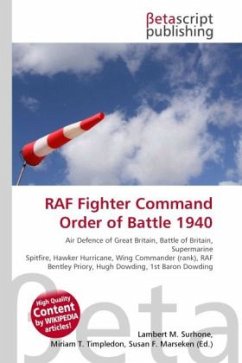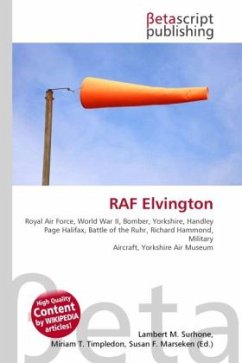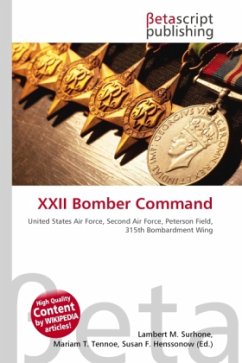High Quality Content by WIKIPEDIA articles! Fighter Command was one of three functional commands that dominated the public perception of the Royal Air Force for much of the mid-20th century. It was formed in 1936 to reflect the fact that as the RAF expanded prior to World War II, more specialised control of each type of aircraft: fighter, bomber and maritime patrol was needed. On 20 May 1926, Fighter Command's precursor organization was established as a group within Inland Area. On 1 June 1926, Fighting Area (as it was then called) was transferred to the Air Defence of Great Britain. Fighting Area was raised to Command status in 1932 and renamed Fighter Command on 1 May 1936. Over the next few years, the Command expanded greatly and replaced its obsolescent biplane squadrons with two of the most famous aircraft ever to fly with the RAF, the Hawker Hurricane and the Supermarine Spitfire. The supreme test of Fighter Command came during the summer of 1940 when the German Luftwaffe launched an offensive aimed at attaining air superiority over the Channel and the UK as a prerequisite to the launch of a seaborne invasion force (codenamed Operation Sealion).
Bitte wählen Sie Ihr Anliegen aus.
Rechnungen
Retourenschein anfordern
Bestellstatus
Storno








